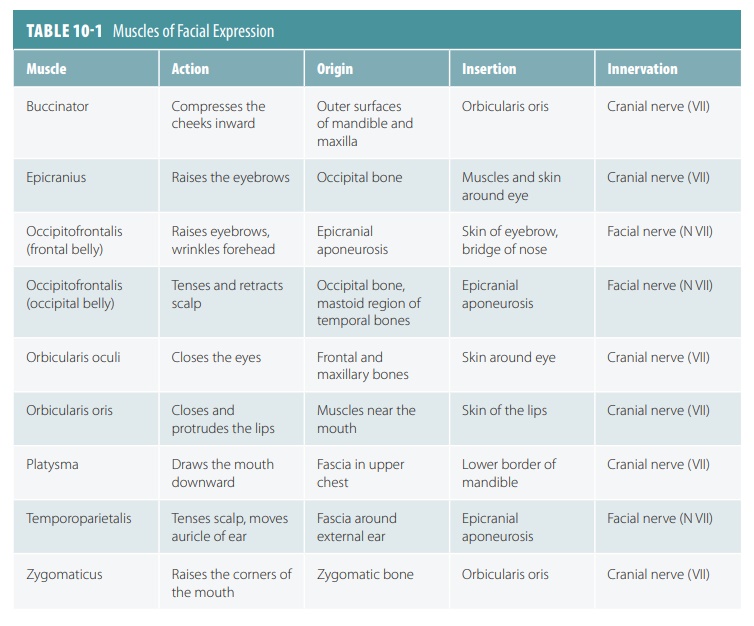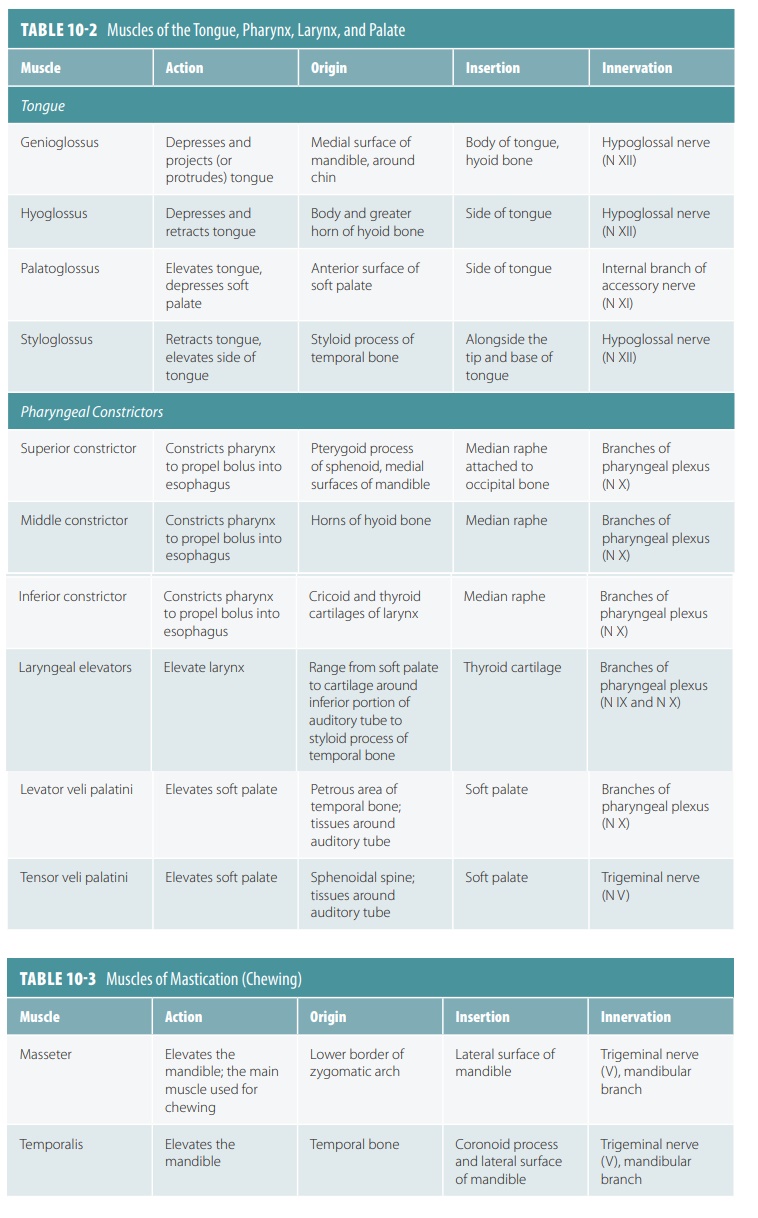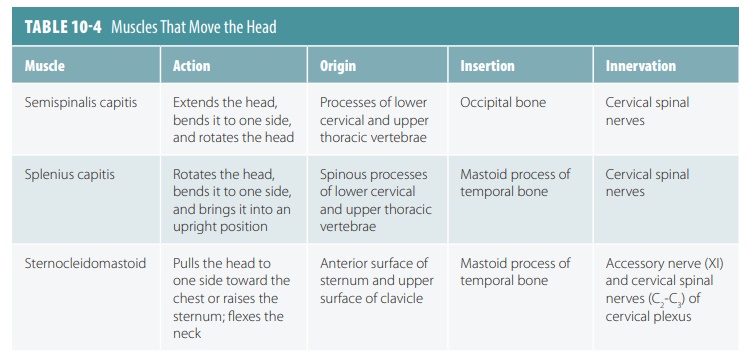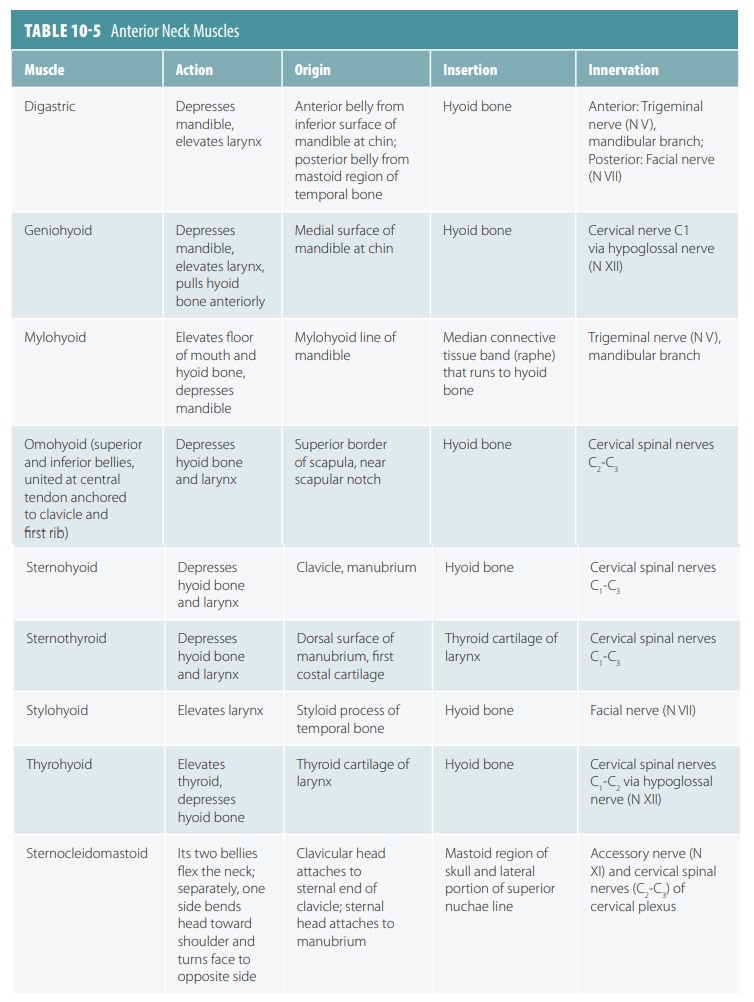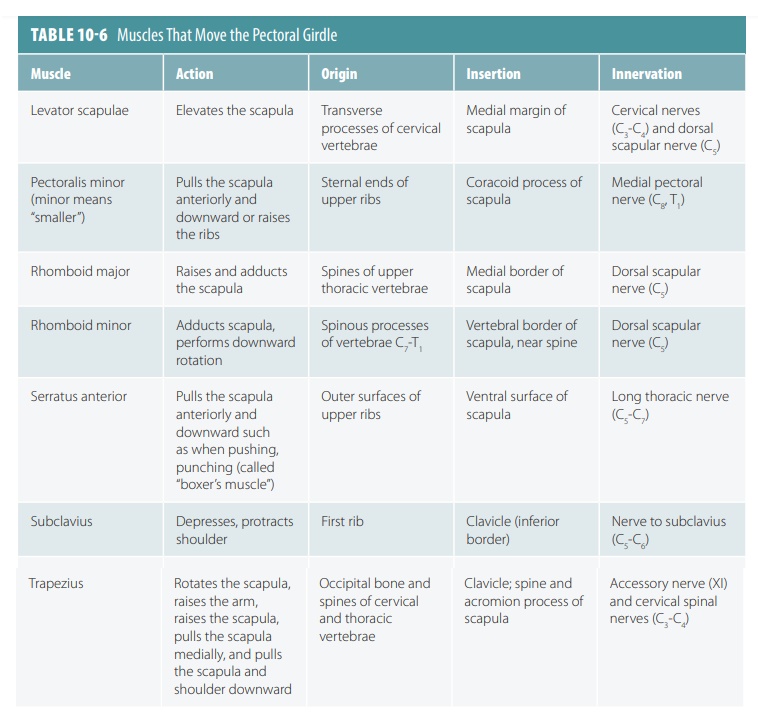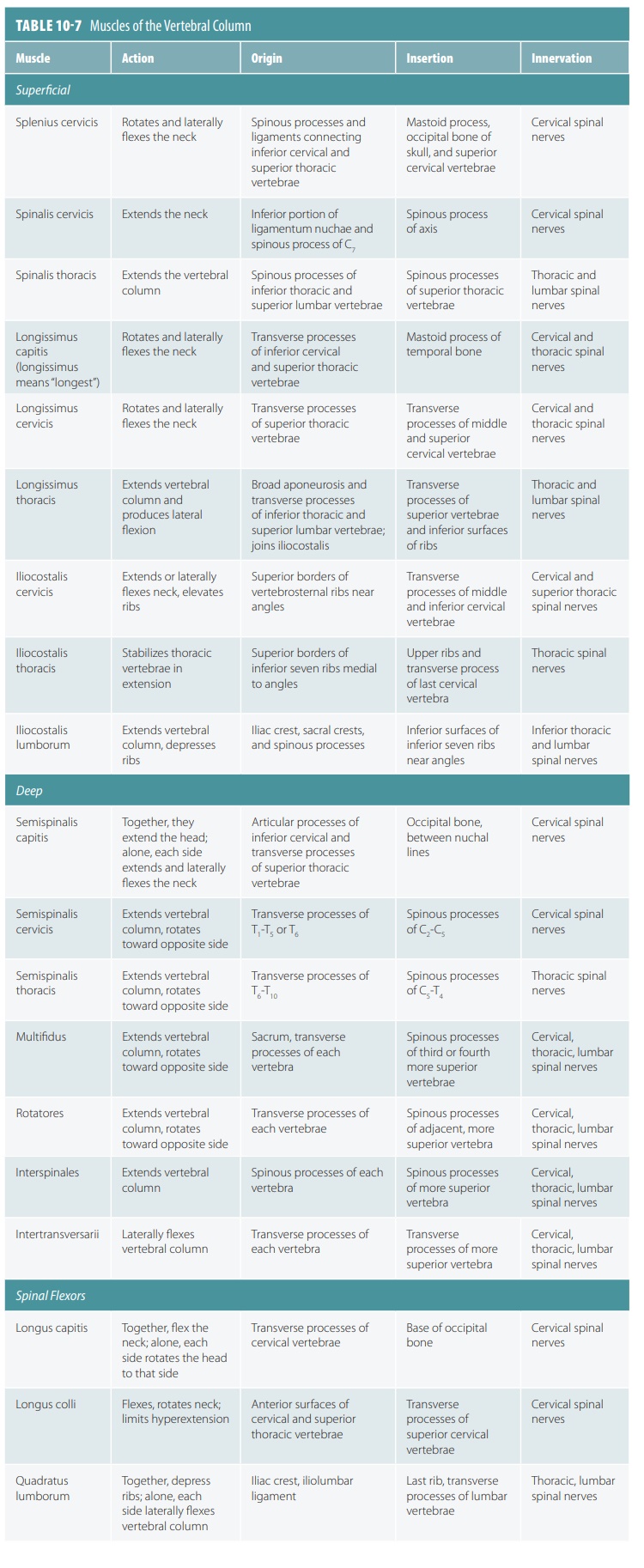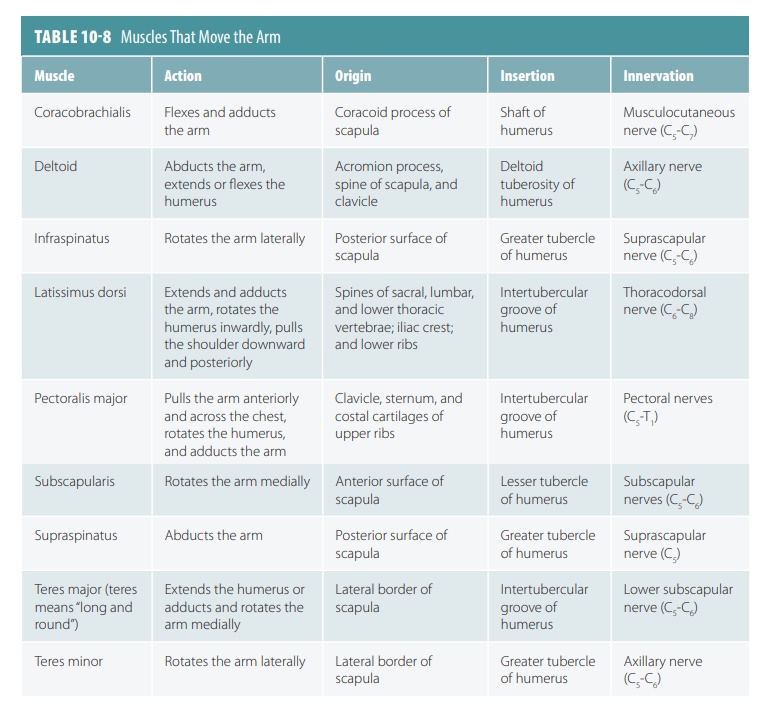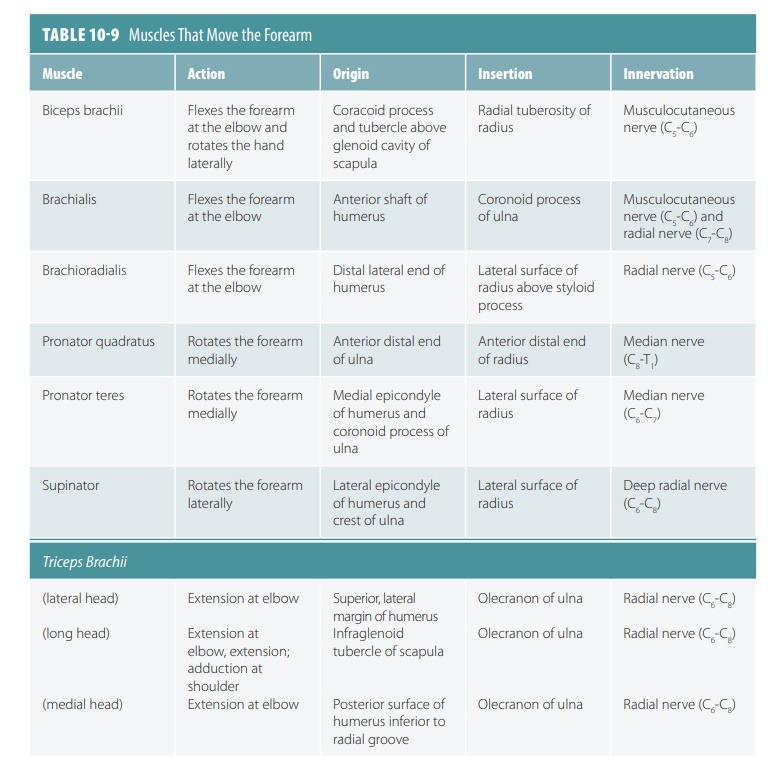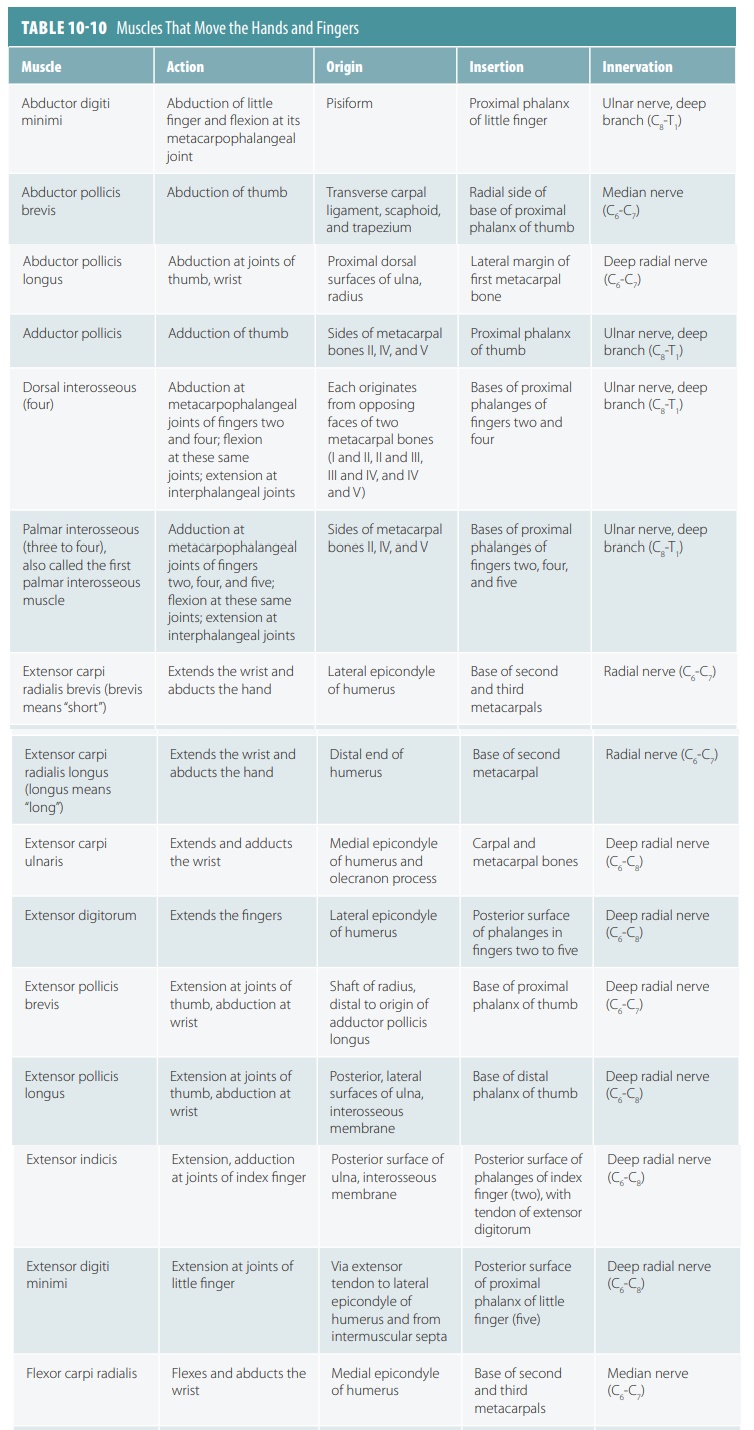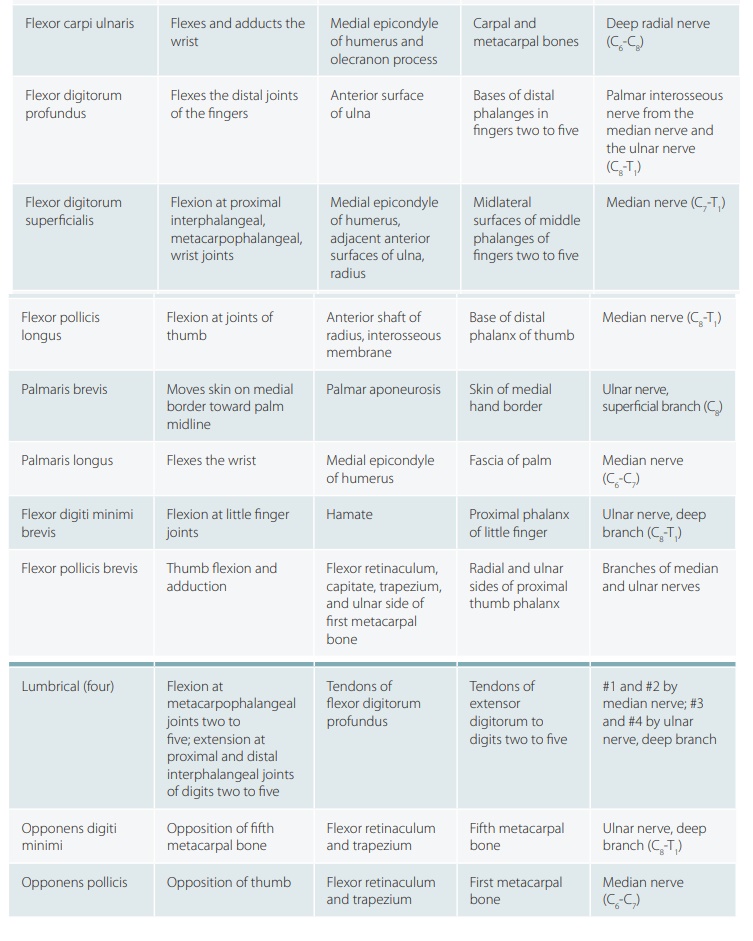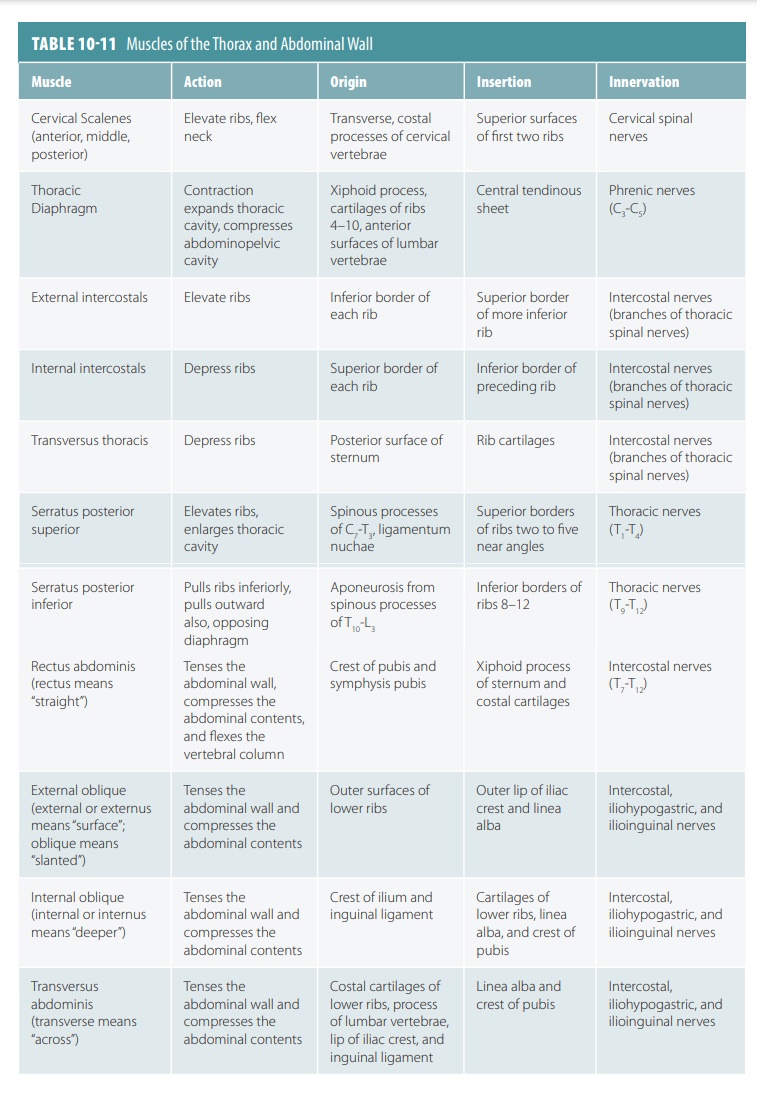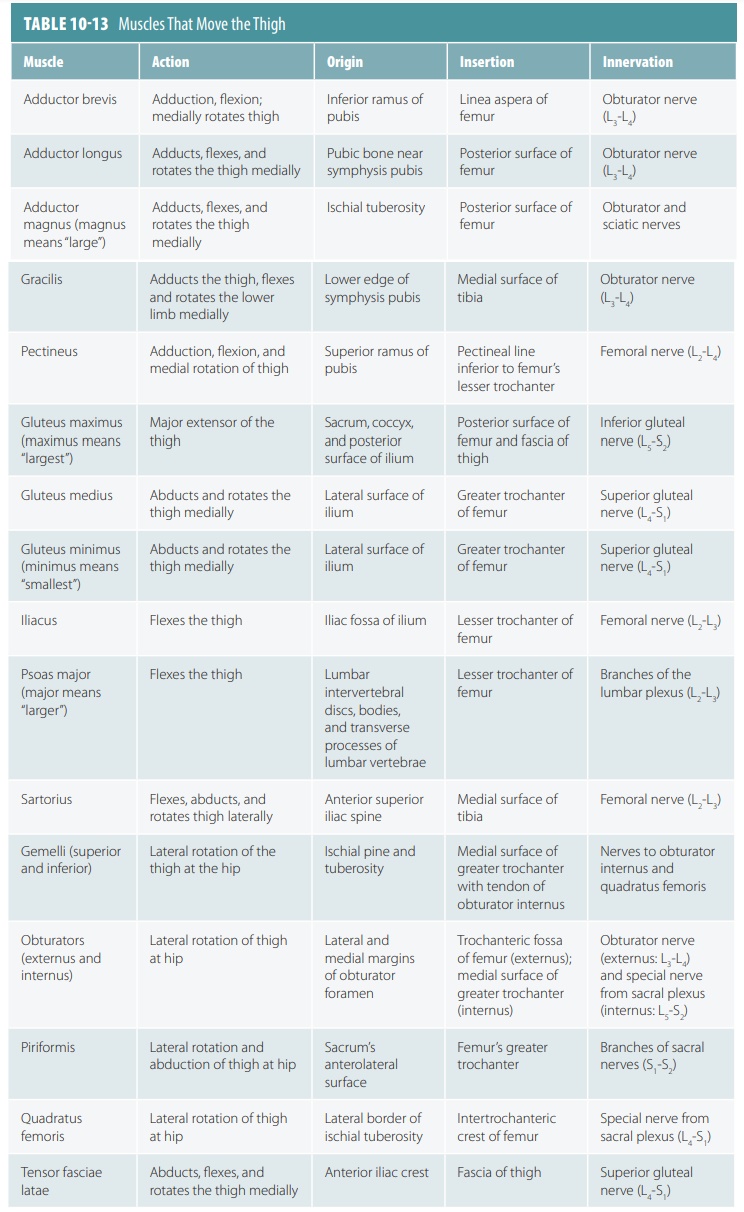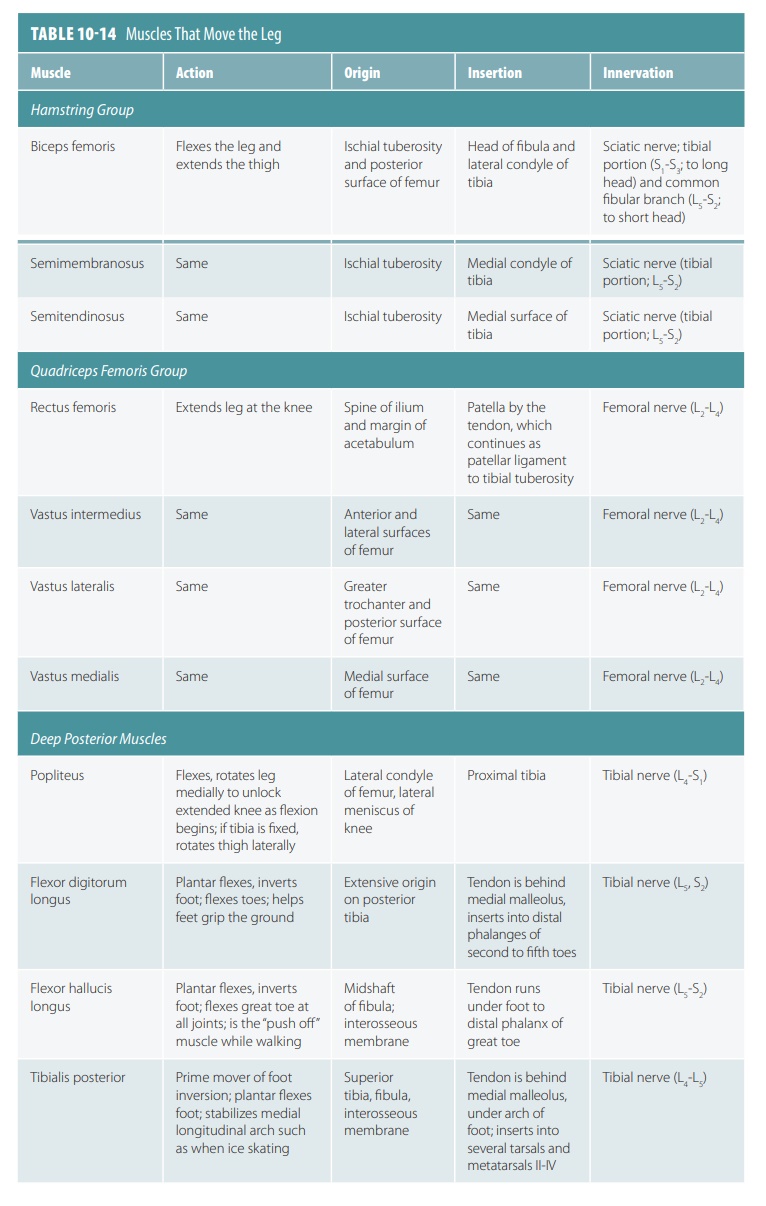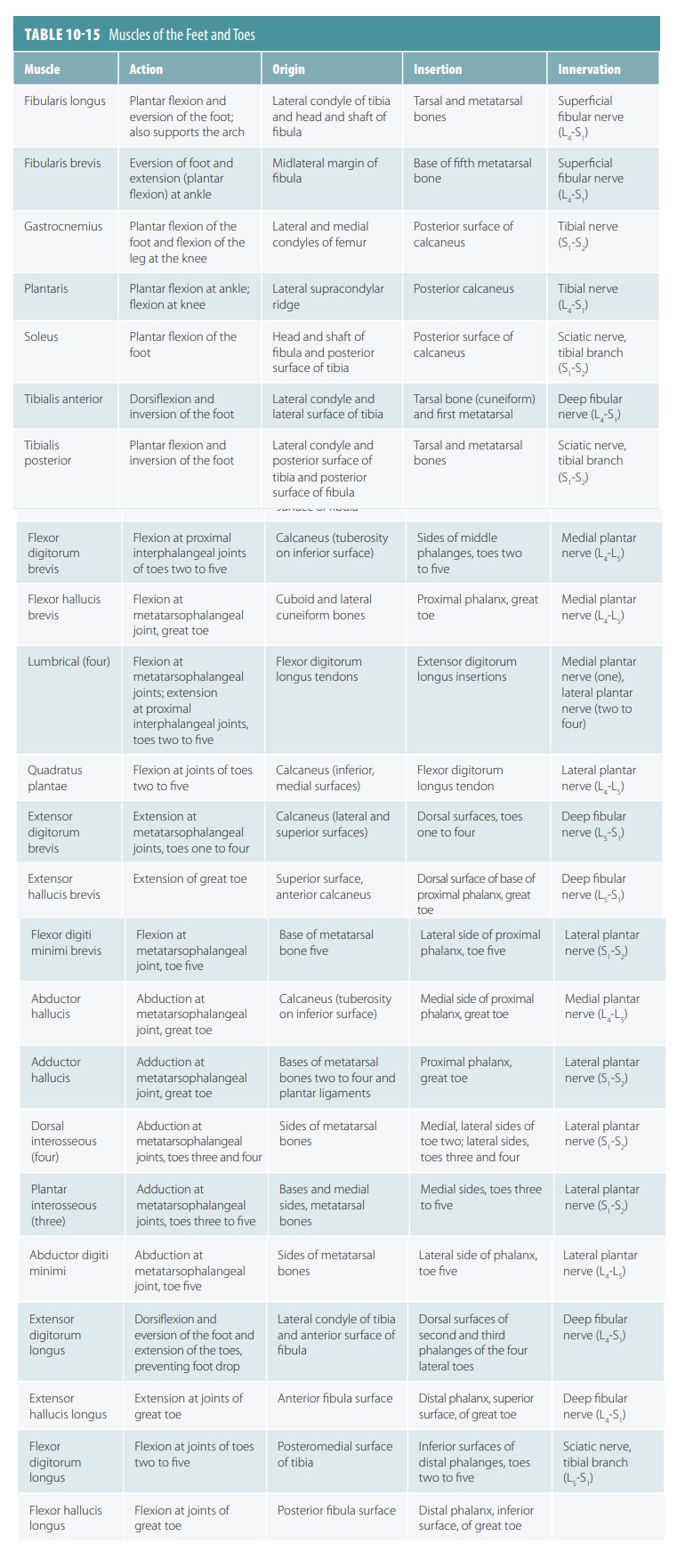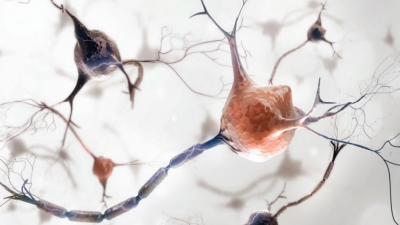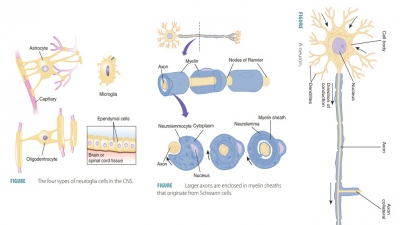Classification of the Muscle Fibers
| Home | | Anatomy and Physiology | | Anatomy and Physiology Health Education (APHE) |Chapter: Anatomy and Physiology for Health Professionals: Support and Movement: Muscular System
There are seven ways in which skeletal muscles are classified:
Classification
of the Muscle Fibers
There are seven ways in which
skeletal muscles are classified:
■■ Location: Muscle names may indicate bones or body regions associated with the muscles being classified. For example, the intercostal muscles that run between the ribs (costals) and the temporalis muscle that overlies the temporal bone. The skeletal muscles of the body are listed in TABLES 10-1–10-15, which are organized by body area.
■■ Shape: Often, muscles have
distinctive shapes. For example, the
right and left trapezius muscles,
which form a trapezoid, and the deltoid
muscle, which is basically triangular (deltoid means “triangle”).
■■ Size: Muscle names may use
words that mean long (longus), short
(brevis), largest (maximus), or smallest (minimus). For example, the gluteus
maximus and gluteus minimus, which are the large and small gluteus muscles,
respectively.
■■ Direction of fibers: Muscle
names may be related to directions in which their fibers and fascicles run
compared to an imaginary line. This line may reference the body’s midline or a
limb bone’s longitudinal axis. The term rectus
refers to “straight,” meaning that the fibers are parallel to an imaginary line
(or axis). The term transverse refers to fibers running at
right angles to an axis. The term oblique
refers to fibers that run obliquely to an axis, which means “neither parallel
nor perpendicular.” For example, the transversus abdominis of the abdomen and
the rectus femoris of the thigh.
■■ Number of origins: Muscles
may have different amounts of heads
attached to different origins. The
term biceps means “two,” triceps means “three,” and quadriceps means “four.” One example is
the biceps brachii of the arm, which has two origins.
■■ Location of attachments: Some
muscle names are based on points of origin and insertion, with the origin
always being named first. A good example is the sternocleidomastoid muscle of
the neck. It has a dual origin, on the sternum (sterno) and clavicle (cleido).
This muscle inserts on the mastoid process of the temporal bone.
■■ Actions: Muscles that are
named for their actions may include terms such as adductor, pronator, extensor, or
flexor in their names. One example is the adductor longus, in the medial
thigh, which adducts the thigh. Also, some muscles are named because of
specific movements. For example, the sartorius
muscle is the longest muscle in the body and becomes active when the legs
are crossed.
Several criteria are often
combined in order to create a muscle name. While not all muscle names are
highly descriptive, some of them are such as the extensor carpi radialis longus. It is easy to see that this muscle’s action is as an extensor. It
acts on the carpi or wrist joint and
is located close to the radius bone of the forearm (radialis). The term longus
shows that it is long in comparison to other wrist extensor muscles.
